Continuous and Effortless Health Monitoring
Advanced sensor technology is shaping the healthcare industry of today. And as advancements continue, we can expect the transformation to follow, taking us to a world where sensors are increasingly embedded into various aspects of daily life—from innovations in the wearables we know today, to clothing, home environments, and all types of personal devices. This will allow us our general approach to healthcare from reactive to proactive, preventing a crisis before it’s too late.
The Role of Imaging Sensors and Advanced Technologies
Image sensors are set to play a significant role in the evolution of sensor technology.
As Lazina Rahman noted, imaging sensors nowadays are starting to feature capabilities like detecting fatigue, which applications have come to shine in industries like automotive. However, these features’ potential could easily be applied to healthcare enhancements, providing new ways to monitor and diagnose patients and doctors’ conditions.
Related: Discover our all-new Vision Systems Solutions hub – A complete imaging component ecosystem
Small endoscopic scanners are already being used to navigate veins and capture detailed images of patients, giving doctors access to information that once was very difficult to obtain.
Emerging Technologies Shaping the Future of Sensor-Driven Healthcare
Some of the emerging technologies that are expected to have a significant impact on sensor-driven healthcare include:
- Wearable Insulin Pumps: Advances in glucose monitoring are leading to smarter insulin pumps that continuously read levels and administer insulin accordingly. This technology reduces the need for manual monitoring and injections, which comes as especially beneficial for children and elderly patients.
- Portable Imaging Solutions: Portable ultrasound devices and other imaging tools are making it possible to perform diagnostics in either remotely or in remote and underserved areas. These technologies bring essential healthcare services in locations where traditional medical facilities are not accessible.
- Radar Technology: Radar is emerging as a valuable tool for non-invasive monitoring of vital signs like respiratory rates and heartbeats, even detecting subtle pulses from a distance. This technology offers a new approach to vital sign monitoring and could help overcome some of the challenges associated with wearable sensors.
- Drones for Medical Deliveries: Beyond the doctor-patient scope, the potential of drones to deliver vaccines and medications to remote areas is a different way in which technology can revolutionize healthcare. How does this relate to the sensors? Well, while the relationship could seem indirect, there’s still a vast array of sensors that go into drones and robotics design. And if we are designing specifically for medical delivery, this could include a whole new layer of sensors to make sure supplies get to the right place in the right condition.
- 3D Imaging for Telemedicine: Advances in 3D imaging are enhancing telemedicine by providing detailed visual information about injuries or other conditions. Companies are currently working on 3D scans for wounds, delivering more comprehensive data than traditional 2D images. This innovation could help streamline a patient’s needs, directing them to the right facility and saving them valuable time by avoiding any unnecessary transit and examination.
- Smart IV Pumps: New smart IV pumps are equipped with advanced sensors that allow increased precision control over medication dosages. These pumps can automatically adjust the infusion rate based on real-time patient data, reducing the risk of human error and improving overall treatment accuracy. This technology enhances patient safety, especially in critical care settings.
Looking Ahead: The Future of Sensor-Driven Healthcare
It’s a promising future for the future of healthcare. Futuristic solutions are everyday becoming a reality, and innovations that could easily be a part of a sci-fi story are being focused on making health and wellness safer and more accessible for everyone. As Allen Cabreros shared during our discussion: “I’m just wondering when we’re going to get to the point where we have a medical tricorder like in Star Trek.” While we may not be there just yet, we have been surprised before by how accurately these futuristic stories have described things that are now a part of our daily lives.
Nevertheless, what we do know now is that the shift to continuous monitoring will empower individuals to take charge of their own health, as well as help doctors make informed decisions and act in time before issues arise. In a nutshell, we are heading to a future where health and wellness is more efficient, accessible, and tailored to our individual needs.
This concludes our series on How Sensors are Revolutionizing the Healthcare Industry. Do you have any transportation projects you’d like to take to the next level?
Send us an email and contact our experts at Future Electronics to get personalized engineering support for all your applications.






